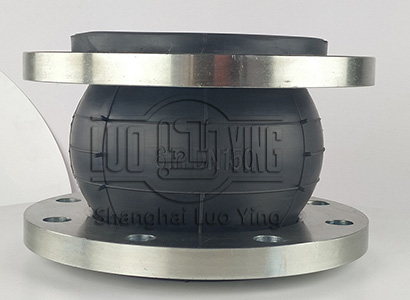Four aspects that affect the sealing performance of rubber seals
Nov-22-08
I . TemperatureAfter freezing, rubber seals will become brittle and less elastic, resulting in air leakage. In the moving process, high temperature will make the volume of rubber seals expand and become soft, causing the rubber seals frictional resistance to rapidly become larger and the pressure resistance performance to decrease, and the recommended working temperature of rubber seals is -10℃~+80℃. If you increase the moving speed, surface roughness, poor lubrication and other factors, it will produce frictional heating and affect the rubber seal.
II . Pressure.
The cylinder has starting pressure, working pressure, impact force. Low voltage operation requires the use of poor friction performance, starting resistance of small seals. In high pressure to consider the rubber seals under pressure deformation, the need to prevent extrusion support ring. In addition, rubber seals of different materials have different working pressure ranges. The maximum pressure range is between 25 and 315 bar for rubber seals. To improve the pressure resistance, high strength rubber backing rings and unique lip design can be used to enable them to increase their ability to withstand certain pressures. The effects of temperature and pressure on the performance of rubber seals are interrelated and should be considered in a comprehensive manner.
In addition to strictly following the manufacturer's recommended working medium, it is also important to keep the working medium clean. The aging or pollution of the oil solution will not only lead to the failure of the system components and accelerate the aging and wear of the rubber seal, but also the dirt in the cylinder may be scratched or embedded in the rubber seal, and the residual air in the cylinder will be compressed at high pressure and form high temperature, which will burn the seal and even carbonize it. In order to prevent this problem, in the early stage of hydraulic system operation, exhaust treatment. Hydraulic cylinder should also be in the low pressure when the slow operation of several bells, to confirm the cylinder air has been discharged before normal work.
IV . Pressure shock
Pressure will produce a great impact on the cylinder, except for high pressure, high flow hydraulic system, the implementation of the element reversal, if the reversing valve performance is not good or improperly designed, it is easy to produce hydraulic shock, such high pressure in a short period of time will squeeze the rubber seal into the gap, or tear the seal cover, resulting in serious damage to the rubber seal. Ordinary cylinders with hydraulic shock are fitted with a buffer ring and a support ring on the piston. The buffer ring absorbs most of the impact pressure in front of the seal, and the support ring prevents the rubber seal from being squeezed into the gap of the seal under high pressure, causing tearing damage.


